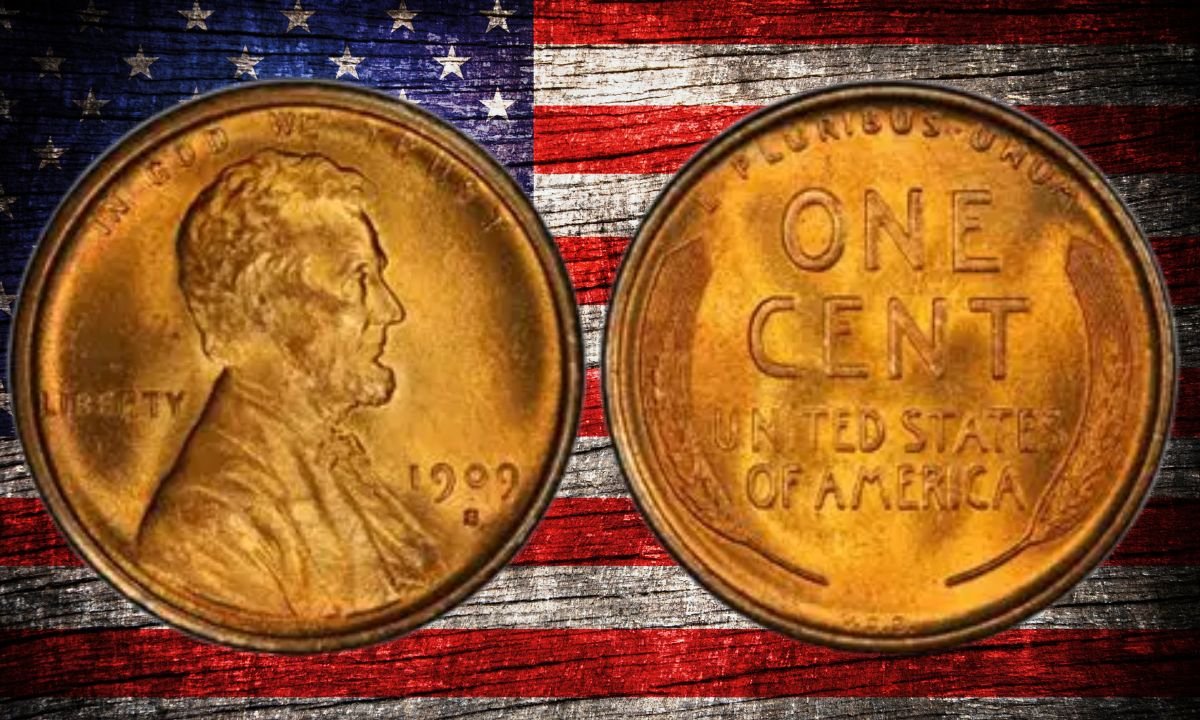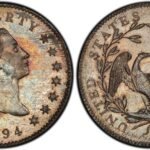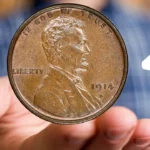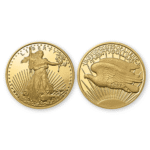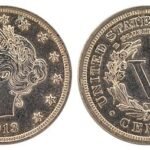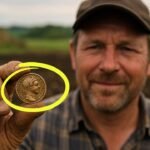If you’ve ever held a Wheat Cent and wondered, “What’s this little coin actually worth?”, you’re definitely not alone. Those humble pennies minted between 1909 and 1958 are among the most collected coins in American history. But here’s the kicker — their value isn’t just about age or rarity. It’s mostly about condition, and that’s where grading comes in. Grading helps you determine how much wear a coin has, how sharp the details are, and ultimately, how desirable it is to collectors. So let’s walk through how to grade your Wheat Cents like someone who actually knows what they’re doing.
Understanding Coin Grading Basics
Coin grading might sound complicated, but honestly, it’s just a way of putting coins into categories of condition — from well-worn to nearly perfect. The official grading scale used by collectors is called the Sheldon Scale, which runs from 1 to 70. A coin graded “1” is barely identifiable, while a “70” is flawless. Now, most circulated Wheat Cents fall somewhere between 3 (Good) and 63 (Mint State), depending on how they’ve been handled over the decades.
The Key Grading Levels for Wheat Cents
Here’s a quick breakdown of the most common grades you’ll come across — and what they actually mean.
| Grade | Name | Description | Typical Value Range (Common Dates) |
|---|---|---|---|
| G-4 | Good | Heavy wear, but Lincoln and wheat ears are visible | $0.05–$0.10 |
| VG-8 | Very Good | Major details visible, though flat | $0.10–$0.20 |
| F-12 | Fine | Some wheat lines show, moderate wear | $0.15–$0.30 |
| VF-20 | Very Fine | Most wheat lines visible, Lincoln’s hair shows detail | $0.25–$0.50 |
| EF-40 | Extremely Fine | Light wear on highest points | $0.50–$1.00 |
| AU-50 | About Uncirculated | Very slight traces of wear | $1–$2+ |
| MS-60 to MS-70 | Mint State | No wear at all, may have minor marks | $3 to $100+ |
This table gives you a good sense of what to look for, but grading isn’t just about memorizing numbers — it’s about training your eyes.
What to Look For When Grading
Start with Lincoln’s cheek and jawline. These are high points that wear down first. On lower-grade coins, his cheek looks flat and blends with the jaw. On higher grades, you’ll see a clear separation between the two. Then move to the wheat ears on the reverse — in Good condition, they’re barely visible, while in Fine and above, you can see defined grain lines. Also check the mint luster, that subtle shine you see when you tilt the coin under light. Luster fades quickly once a coin circulates, so the more you see, the higher the grade.
The Role of Cleaning (Hint: Don’t)
Let’s clear this up once and for all — never, ever clean your Wheat Cents. Even a gentle wipe can destroy the original surface and reduce the value by half or more. Collectors prefer natural toning and patina, even if it looks “dirty” to you. If you’ve already cleaned some coins, don’t worry; it’s a learning curve every collector goes through at least once. Just don’t repeat it.
Common Mistakes Beginners Make
A lot of new collectors overgrade their coins. It’s natural — you want that 1943 steel cent to be Mint State, not “Fine.” But grading requires honesty more than optimism. To be fair, lighting can also trick you. Always examine coins under soft, indirect light, not bright bulbs that exaggerate details. Another common mistake? Ignoring small scratches or spots. Those can bump your coin down a grade or two, especially in higher ranges.
Getting a Professional Opinion
If you think you have something special — like a 1909-S VDB or a 1914-D — it’s worth sending it to a grading service such as PCGS or NGC. These professionals authenticate and grade coins using strict standards, and their certification can significantly increase value. It’s not cheap, but for rare cents, it’s totally worth it.
FAQs About Grading Wheat Cents
Q: Can I grade my coins using photos online?
A: You can get a rough idea, but it’s best to have the coin in hand or compare it with certified examples.
Q: Does toning affect grade?
A: Not usually. Natural toning is fine, but heavy discoloration or corrosion can reduce grade.
Q: What if my Wheat Cent has scratches?
A: Minor marks are normal, but deep scratches or cleaning lines can drop the grade significantly.
Q: Should I use a magnifier?
A: Definitely. A 5x to 10x magnifier helps spot tiny details that matter for grading.
Q: What’s the rarest Wheat Cent?
A: The 1909-S VDB and the 1914-D are two of the most sought-after, even in lower grades.
Final Thoughts
Grading Wheat Cents isn’t about perfection; it’s about learning to see the story each coin tells. Every nick, tone, or worn detail says something about where it’s been. With practice, your eyes will start picking up subtle differences others miss. So grab that magnifier, pull out those old pennies, and start grading — you might just uncover a tiny piece of history worth more than you ever imagined.
